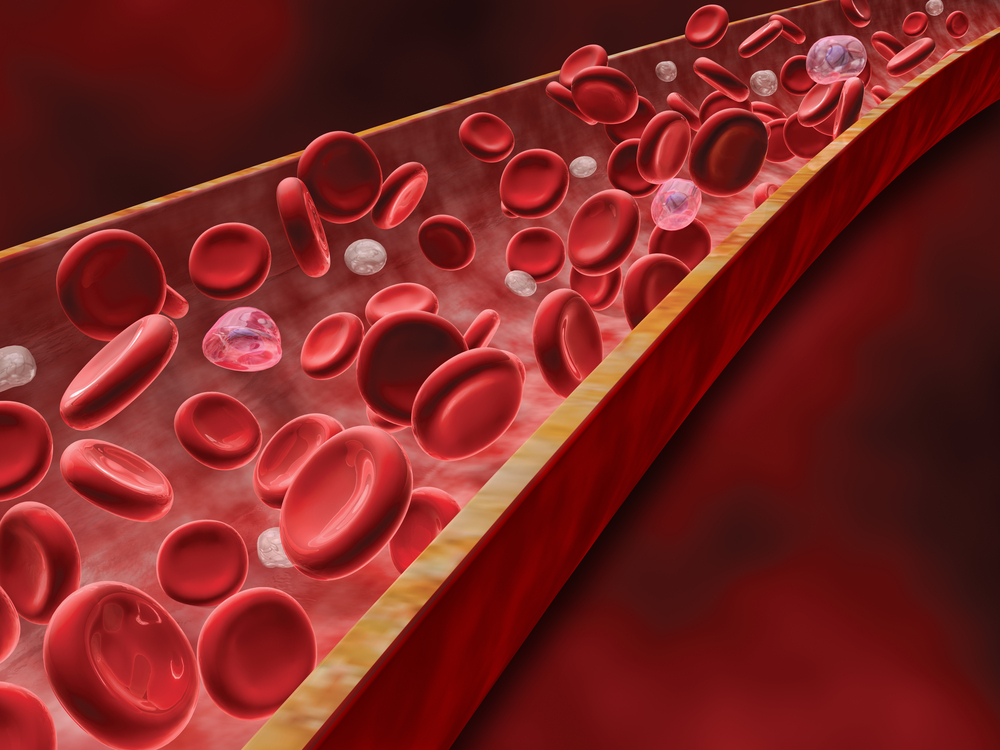KL-6 Protein Can Predict Early Lung Worsening in Systemic Sclerosis with ILD, Study Says

High levels of a protein called KL-6, produced by lung cells and secreted into the blood, can predict early signs of lung function worsening in patients with systemic sclerosis-related interstitial lung disease (SSc-ILD), a study reports.
Researchers established a value of 1,273 U/mL for KL-6 as a biomarker for SSc-ILD progression.
The study, “KL-6 But Not CCL-18 Is a Predictor of Early Progression in Systemic Sclerosis-related Interstitial Lung Disease,” was published in The Journal of Rheumatology.
Proteins that are mainly produced by the lungs upon injury and secreted into the blood, the pneumoproteins, have the potential to work as lung-specific biomarkers.
Two of these proteins, called KL-6 and CCL-18, have been used as biomarkers for the progression of ILD in patients with SSc. Cells of the alveoli, the tiny air sacs of the lungs, secrete KL-6 following a lung injury. CCL-18 is also secreted upon lung injury but by another class of immune cells that reside in the lungs, called alveolar macrophages.
Both these proteins have been used as biomarkers to predict SSc-ILD progression, but their predictive value for short-term lung volume changes in early stages of the disease remains unknown.
“The objective of our study was to determine the predictive significance of KL-6 and CCL-18 for the progression of early SSc-ILD to inform individualized care in routine clinical practice and to aid enrichment strategies in clinical trials,” researchers wrote.
The team assessed a total of 82 patients with early SSc-ILD enrolled in the Genetics vs. Environment in Scleroderma Outcome Study (GENISOS) group. Patients’ mean disease duration was 2.4 years, and the diagnosis of ILD was confirmed by imaging analysis.
The study also included 40 subjects, matched for age, sex, and ethnic background, with no clinical history of autoimmune disorders.
Researchers analyzed the levels of both KL-6 and CCL-18 in participants’ blood, and looked at how these levels correlated with parameters of ILD progression — in this case, measured by the annualized rate of change in the percentage of lung forced vital capacity (FVC).
Results showed that at baseline the levels of KL-6 were significantly higher in SSc-ILD patients compared to healthy controls — median of 772.9 U/ml and 226.5 U/ml, respectively.
The same was seen for CCL-18, with SSc-ILD patients showing a median of 152.6 U/ml, while controls registered a median of 84.6 U/ml.
More importantly, researchers found that higher baseline KL-6 levels predicted a faster decline in lung function (shown by a drop in FVC%) at one-year of follow-up.
“Patients with positive KL-6 experienced 7% more decline in their annualized percent change in FVC%,” researchers wrote.
The predictive power of KL-6 levels for lung function remained unchanged even after researchers adjusted the results taking into account parameters like gender, disease type, and immunosuppressive treatment.
The analysis suggests a cut-off value of 1,273 U/ml for KL-6 as a biomarker to identify disease progression in SSc-ILD patients.
Regarding CCL-18, despite its higher levels in SSc-ILD patients compared to controls, the results showed that this protein had no correlation with FCV%.
Overall, the results support the premise that high levels of KL-6 at baseline can predict more active disease, which is linked to deterioration of lung function, and development of respiratory failure.
“KL-6 but not CCL-18 is predictive of early SSc-ILD progression,” researchers wrote, concluding that “KL-6 is a promising pneumoprotein that can contribute to SSc-ILD clinical trial enrichment.”






